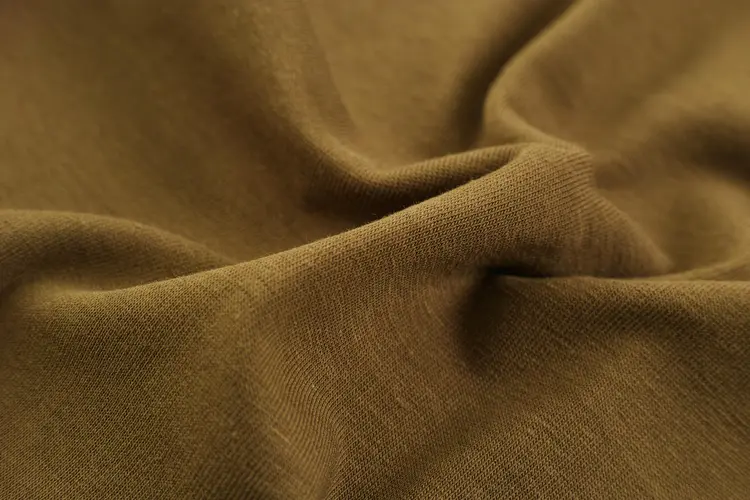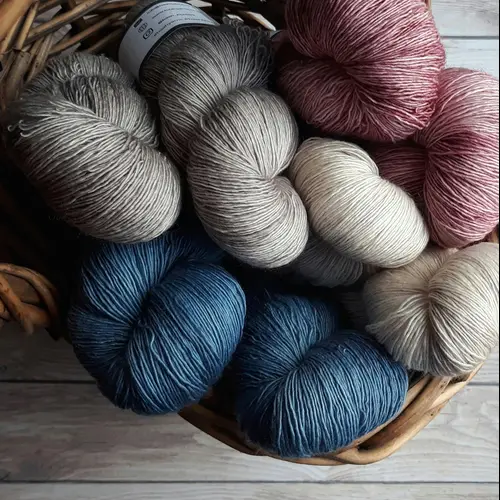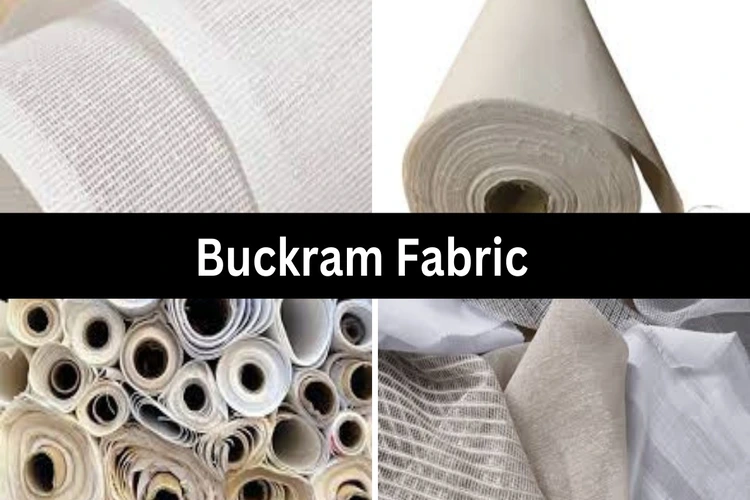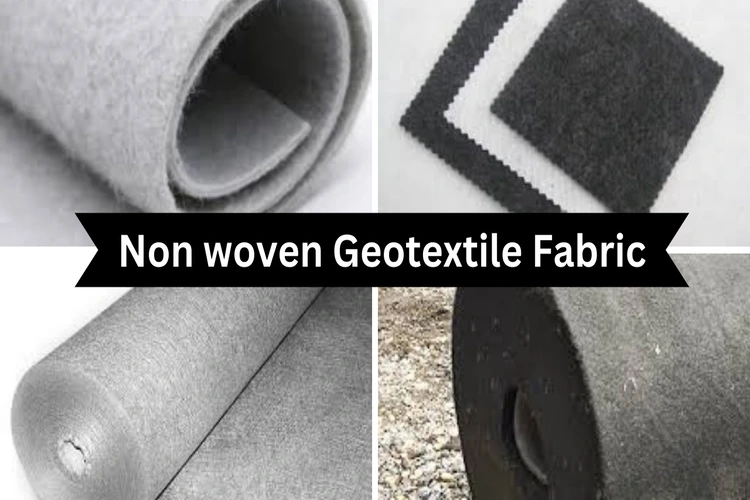What Exactly Is Micromodal Fabric? Micromodal fabric is a specialized form of modal rayon known for its incredible softness and resistance to shrinkage. Its excellent moisture-wicking abilities make it a popular choice for underwear and sportswear. Micromodal fabric is made from cellulose derived from hardwood trees, which undergoes a complex[…]
Organza Fabric: Traits, Manufacturing Process, and Origins
What Exactly Is Organza Fabric? Organza fabric is a lightweight, sheer fabric with a plain weave that is prized for its transparent and delicate feel. It’s commonly used to overlay thicker garments or in various household textiles. Originally crafted from silk, modern organza can also be made from synthetic fibers[…]
Supima Cotton: Properties, Production, and Origins
What is Supima Cotton Fabric? Supima cotton is a top-tier cotton sourced from the Gossypium barbadense plant. Celebrated for its exceptional softness and strength, Supima cotton is produced and certified through unique processes that distinguish it from regular Pima cotton. The fibers from Gossypium barbadense are classified as extra-long staple[…]
What is Chiffon Fabric: A Step-by-Step Guide
What Is Chiffon Fabric? Chiffon fabric, a lightweight and sheer woven fabric, is highly coveted in evening wear for its softness and delicate appearance reminiscent of gauze. Its yarns are woven with a subtle twist, giving chiffon a gentle stretch and a fine net-like texture when examined closely. Often used[…]
Buckram Fabric Guide, Applications, and Varieties
What is Buckram fabric? Buckram fabric, known for its rough, heavy, and open plain weave, is usually woven from cotton or hemp fibers. Its stiff and coarse texture results from being treated with starch and other sizing agents before drying. Mainly used to provide shape and structure to garments, buckram[…]
Non Woven Geotextile Fabric
What Is Non woven Geotextile Fabric? Non woven geotextile fabric are crafted by bonding short and long fibers together, often through techniques like needle punching or other methods. Heat treatment is typically applied to boost the strength of these geotextiles. Made primarily from synthetic materials such as polyester or polypropylene,[…]
Varieties of Woven Fabrics and Their Applications
What Is Woven Fabric? Woven fabrics are created through a process where two or more sets of yarn or threads interlace at right angles using a loom, which is a specialized machine. Essentially, any textile produced through weaving is referred to as woven fabric. Weaving is the most common technique[…]







